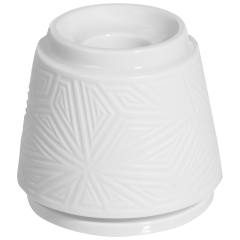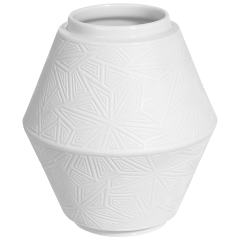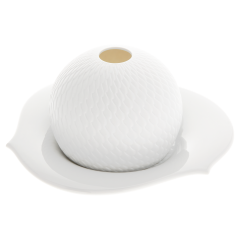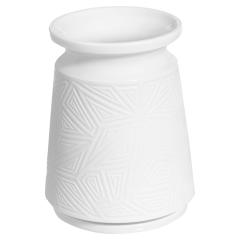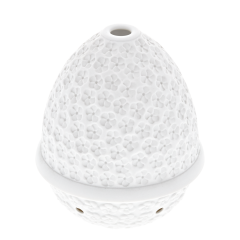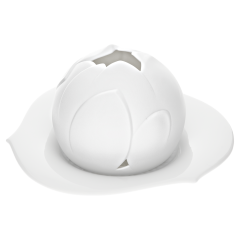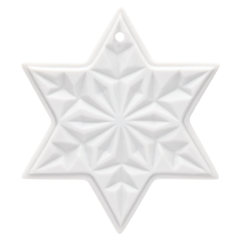Christmas Offer from MEISSEN – Enjoy Exclusive Savings! Learn More.
Skip to Content
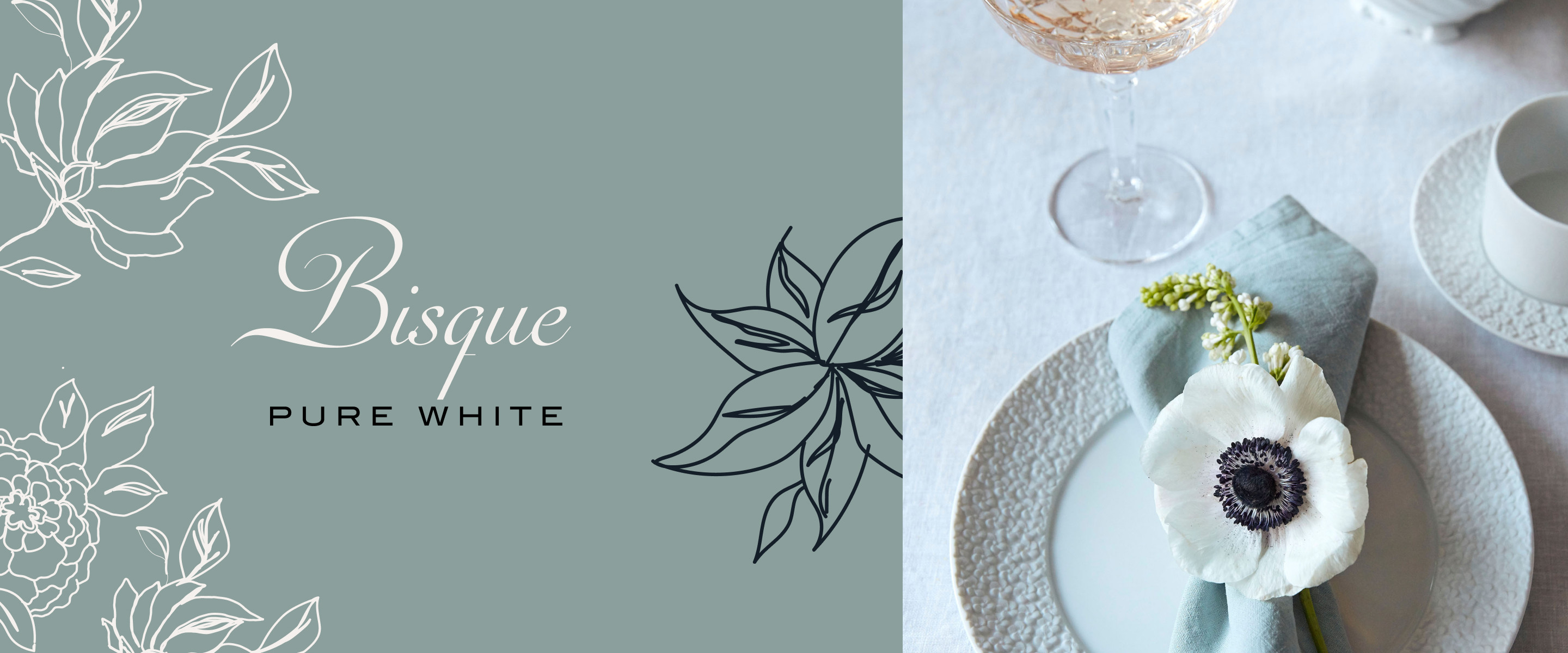


Bisque Porcelain
-
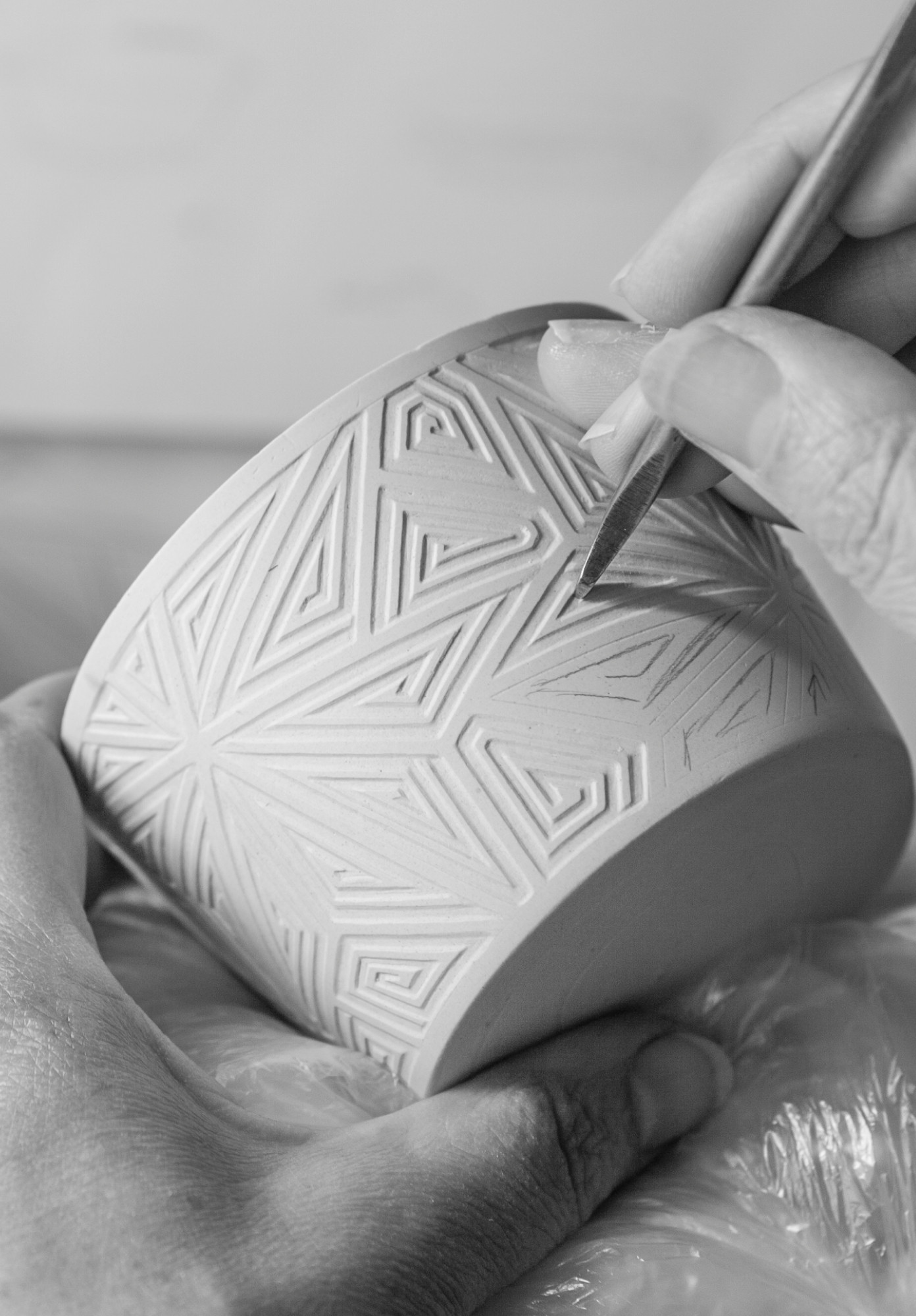 With its extraordinary fineness and silky matt surface, bisque porcelain exudes an unmistakable charm. Sculptural qualities, modelling skills and decorations such as reliefs are shown to full effect and are further accentuated by the material’s fascinating tactile quality. Developed in the 18th century by the French painter Jean-Jacques, the fine material rose to prominence as a substitute for ivory, alabaster and marble in the manufacture of the Château Vincennes. To this day, bisque porcelain is often compared to marble because of its unique way of diffusing light rather than reflecting it. At MEISSEN, this effect and material quality is achieved by polishing the unglazed surface of fired porcelain pieces in painstaking detail, resulting in the bisque's characteristic velvety soft surfaces.
With its extraordinary fineness and silky matt surface, bisque porcelain exudes an unmistakable charm. Sculptural qualities, modelling skills and decorations such as reliefs are shown to full effect and are further accentuated by the material’s fascinating tactile quality. Developed in the 18th century by the French painter Jean-Jacques, the fine material rose to prominence as a substitute for ivory, alabaster and marble in the manufacture of the Château Vincennes. To this day, bisque porcelain is often compared to marble because of its unique way of diffusing light rather than reflecting it. At MEISSEN, this effect and material quality is achieved by polishing the unglazed surface of fired porcelain pieces in painstaking detail, resulting in the bisque's characteristic velvety soft surfaces.
"Bisque is porcelain in its purest form: unglazed, velvety matt and with a slight transparency that seems to capture the light within."
-
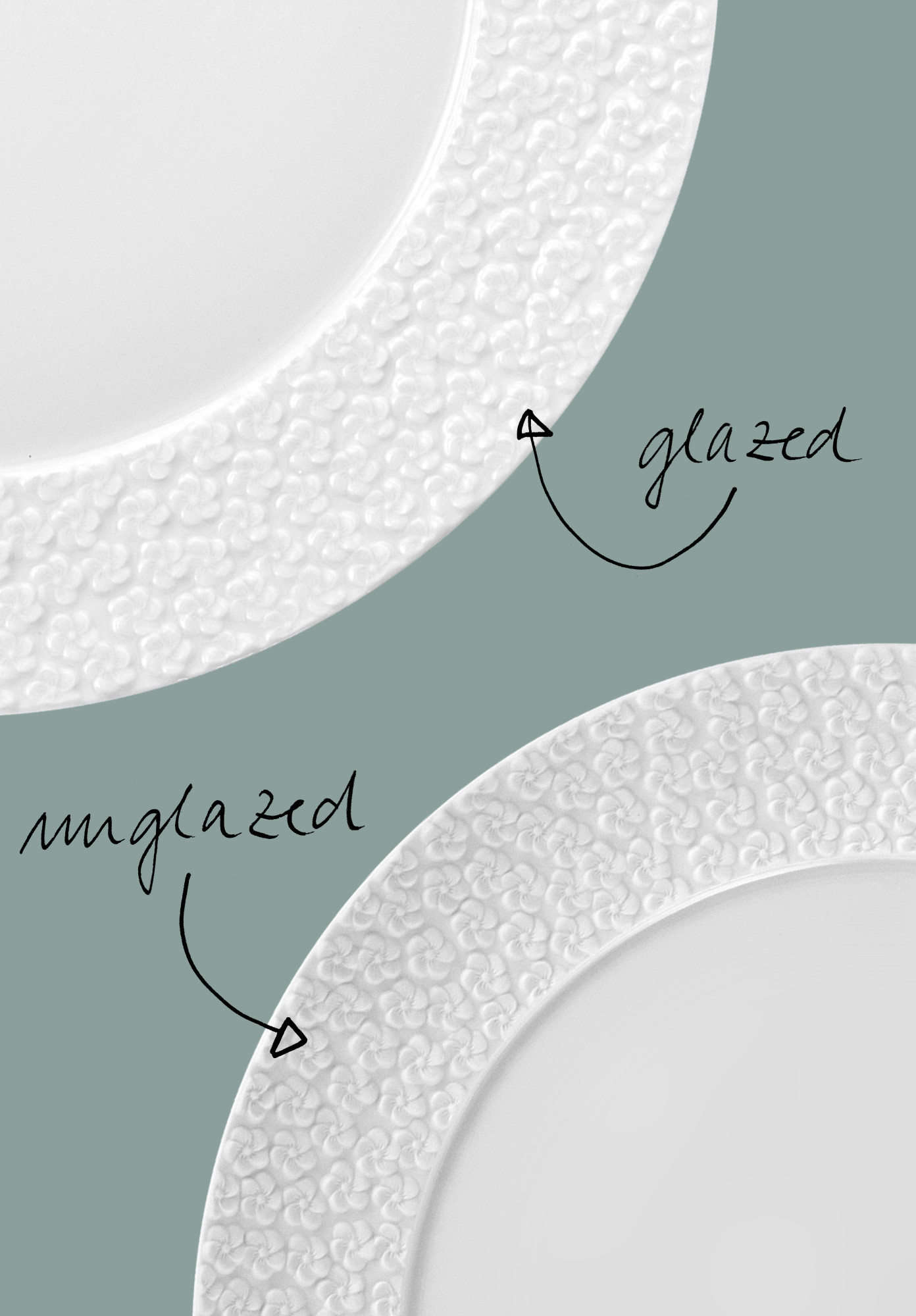 Porcelain in its purest form. Contrary to popular belief, bisque porcelain has the same properties as its glazed counterparts in terms of density, hardness, strength and resistance. By omitting the glaze, details, such as sculptural swerves, elaborate embossing work and decorations, such as reliefs, are highlighted and given a unique tactile quality, showing off the skills of Meissen artisans in a particularly compelling way. It should come as no surprise that countless elaborately decorated porcelains are also finished as bisque variants, exploiting the full expressive potential of that material. Collections such as the “Swan Service”, "Waves", the "Royal Blossom" series as part of "N°41" or the "VITRUV" collection. As part of a mix and match approach to table settings, paired with glazed pieces of the same or also other collections or even hand painted porcelain pieces – there are simply no limits to expressing your own personal style at the dinner table.
Porcelain in its purest form. Contrary to popular belief, bisque porcelain has the same properties as its glazed counterparts in terms of density, hardness, strength and resistance. By omitting the glaze, details, such as sculptural swerves, elaborate embossing work and decorations, such as reliefs, are highlighted and given a unique tactile quality, showing off the skills of Meissen artisans in a particularly compelling way. It should come as no surprise that countless elaborately decorated porcelains are also finished as bisque variants, exploiting the full expressive potential of that material. Collections such as the “Swan Service”, "Waves", the "Royal Blossom" series as part of "N°41" or the "VITRUV" collection. As part of a mix and match approach to table settings, paired with glazed pieces of the same or also other collections or even hand painted porcelain pieces – there are simply no limits to expressing your own personal style at the dinner table.
Like glazed porcelain, bisque shrinks during the second firing at 1,400°C, sealing off all pores. The finished product is microwave- and dishwasher-safe and even resistant to stubborn stains, as well as acidic or dyeing substances. Once cooled after firing, the porcelain’s rough surface is smoothed by hand using an elaborate polishing process, preventing any stains from setting. In case of more stubborn marks, bisque pieces can be soaked in soapy water like any other crockery and then cleaned with a sponge.

Products
- 01
- 02
- 03
 Table light, Shape "Waves Relief", white, H 8,5 cmDeliverable€83.00Excl. 0% VAT , excl. Shipping Cost
Table light, Shape "Waves Relief", white, H 8,5 cmDeliverable€83.00Excl. 0% VAT , excl. Shipping Cost - 04
- 05
 Table light, Royal Blossom, Shape "No 41", white, bisque, H 11 cmDeliverable€100.00Excl. 0% VAT , excl. Shipping Cost
Table light, Royal Blossom, Shape "No 41", white, bisque, H 11 cmDeliverable€100.00Excl. 0% VAT , excl. Shipping Cost - 06
 Storm lamp, Shape "Waves Relief", white, H 9 cmDeliverable€83.00Excl. 0% VAT , excl. Shipping Cost
Storm lamp, Shape "Waves Relief", white, H 9 cmDeliverable€83.00Excl. 0% VAT , excl. Shipping Cost - 07
-
 Royal Blossom BisqueRoyal Blossom” is a contemporary rendition of the Baroque “Snowball Blossoms” created in 1739 – decorating the “N°41” tableware series with elaborate floral reliefs.
Royal Blossom BisqueRoyal Blossom” is a contemporary rendition of the Baroque “Snowball Blossoms” created in 1739 – decorating the “N°41” tableware series with elaborate floral reliefs. -
 VITRUV BisqueIntroducing our newest service form –
VITRUV BisqueIntroducing our newest service form –
and the opportunity to bring a more minimalist kind of MEISSEN to any modern-day dining table.
-
 Waves Relief Bisque“Waves“ revisits elements and shapes from Meissen's past, rendering them in a way that is at once timeless and en vogue.
Waves Relief Bisque“Waves“ revisits elements and shapes from Meissen's past, rendering them in a way that is at once timeless and en vogue.
X
Subscribe to the newsletter
Get 10% discount* on your next online order
Meissen stores
near you
Contact us
Do you have questions about the manufactory, our product range or special designs - we are happy to advise you!
Consultation hours:
Mon-Fri: 9am - 6pm
Sat: 10am - 4pm
X






